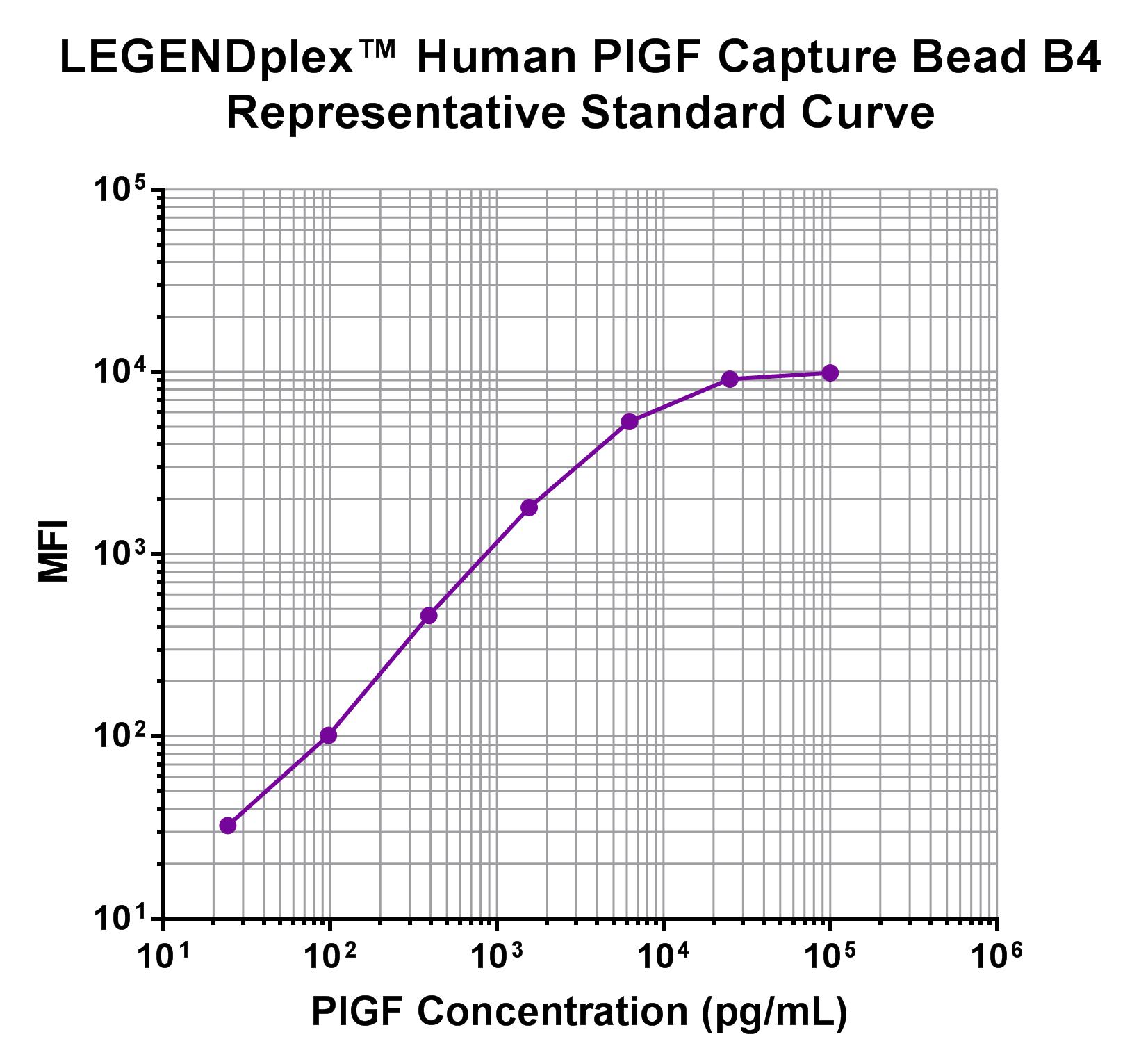- Regulatory Status
- RUO
- Other Names
- Monocyte chemoattractant protein-1, Monocyte chemoattractant and activating factor (MCAF), JE, Small inducible cytokine A2 (SCYA2), HC-11, P6, Smooth muscle cell chemotactic factor (SMC-CF), CCL2
- Ave. Rating
- Submit a Review
- Product Citations
- publications
| Cat # | Size | Price | ||||
|---|---|---|---|---|---|---|
| 740976 | 100 tests (270 µL) | ¥25,960 | ||||
The LEGENDplex™ Human Vascular Inflammation Panel 2 Mix and Match Beads are individual capture beads for 13 human targets including: sST2, sRAGE, TIE-2, sCD40L, TIE-1, sFlt-1, LIGHT, TNF-α, PlGF, IL-6, IL-18, IL-10, and CCL2 (MCP-1). The beads are intended for use with each other and the following in Mix and Match assay reagents:
740967 LEGENDplex™ Human Vascular Inflammation Panel 2 Standard
740968 LEGENDplex™ Human Vascular Inflammation Panel 2 Detection Antibodies
740620 LEGENDplex™ Buffer Set H
740377 LEGENDplex™ Filter Plate
OR
740379 LEGENDplex™ V-Bottom Plate
Product Details
- Verified Reactivity
- Human
- Application
-
Multiplex
Learn more about LEGENDplex™ at biolegend.com/legendplex
Download the LEGENDplex™ software here.
Antigen Details
- Biology Area
- Cell Adhesion, Immunology, Innate Immunity
- Molecular Family
- Adhesion Molecules, Enzymes and Regulators
- Gene ID
- 6347 View all products for this Gene ID
- UniProt
- View information about CCL2 on UniProt.org
Related Pages & Pathways
Pages
Related FAQs
- If I don't have a vacuum, how do I remove the liquid from my plate?
-
If you do not have a vacuum, the assay should be run in a V-bottom plate. After centrifugation using a swinging-bucket rotor with a plate adaptor, you can remove the liquid by flicking the plate quickly, dumping the contents into a sink, and patting it dry carefully on a stack of clean paper towels without losing the beads. Alternatively, you can remove the liquid by using a pipette.
- Should I perform the assay with the filter plates or with V-bottom plates?
-
Filter plates or V-bottom plates have been included in some kits for your convenience. A vacuum filtration unit is required to work with the filter plates. However, if you don’t have access to a vacuum manifold or if you prefer, then you can use the V-bottom plates and follow the recommended assay protocols for the type of plates you choose. All plates should be made from low binding polypropylene. Polystyrene ELISA or cell culture plates should not be used.
- After I finish the staining process, how long can I wait before reading my LEGENDplex™ samples?
-
The samples can be kept overnight at 4°C while being protected from exposure to light and be read the next day. There may be a decrease in signal, but overall, the assay results should not be affected. Storing the samples for extended periods of time is not recommended, as it could lead to further reductions in signal.
- What is the shelf life of LEGENDplex™ kits?
-
LEGENDplex™ kits are guaranteed for 6 months from the date of receipt, but may have a shelf life of up to 2 years from the date of manufacture.
- Is special software required for data analysis?
-
Typically flow cytometers generate output files in FCS format (e.g. FCS 2.0, 3.0, or 3.1) and in some cases in list mode file format (LMD). Other software may be available to analyze FCS files. Data generated using LEGENDplex™ kits can be analyzed using the freely available LEGENDplex™ data analysis software. Please check our website for the most updated versions of the software.











Follow Us